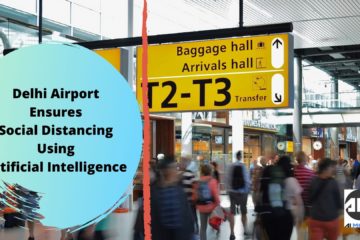COVID-19 has taken a toll on all the industries and forced people to work remotely – leading to a shortage of staff at the workplace. Brian Pokorny, the IT director of Otsego County, New York, had to fire 50% of his team, mainly call center employees, on account of the state government.
During a global pandemic, people seek reliable, COVID related guidance and medical information. That’s where IBM’s Watson Assistant for Citizens comes into the picture. IBM offered WAC to the government, healthcare organizations, and research institutions in a 90-day free trial. Watson team helped Pokorny deploy a chatbot to respond to a surge of incoming calls regarding common COVID-19 related queries.
IBM saw a 40% increase in the adoption of Watson Assistant from February to April. Following IBM’s footsteps, Google also launched a particular version of its Contact Center AI called Rapid Response Virtual Agent at lowered rates.
Call centers were already believed to be the frontier of workplace Automation, and the pandemic only accelerated the process. More and more organizations are turning to chatbots and voice-based agents as they are easier to build, responsive to user queries, and faster to deploy.
Due to recent advancements in Natural Language Processing, the systems can process open-ended sentences and responds accordingly or reroutes them to a human agent.
The goal is to get the virtual agent to answer as many queries before any calls are transferred to humans. This leads to a reduction in the burden on call centers, wait time for users, and the need for expensive human agents.
Pokorny believes this technology could be carried over post-COVID-19 as it is inexpensive and tailored according to the need. He plans on deploying a voice-based version that will be the first point of contact for every caller regarding any issue.
It is hard for call center jobs already lost to gain employment again. Still, all posts won’t be eliminated wholly given that algorithms are not capable of understanding the full context of the conversation so that a few cases would need human assistance.
While Pokorny is totally in awe of the technology, Children’s Healthcare of Atlanta in Georgia believe otherwise. Sure the bot was easy to deploy and customize and was quite helpful during a pandemic. But in pediatric emergency medicine, parents need to talk and have a conversation with a human. They crave a personalized touch which, howsoever advanced a chatbot may be, it can’t replace a human touch.
#AIMonks #AI #NLP #COVID19 #Coronavirus #Chatbots #Technology #IBM #Google #VoiceBasedAssistant #WatsonAssistant #CallCenters #Employment



0 Comments